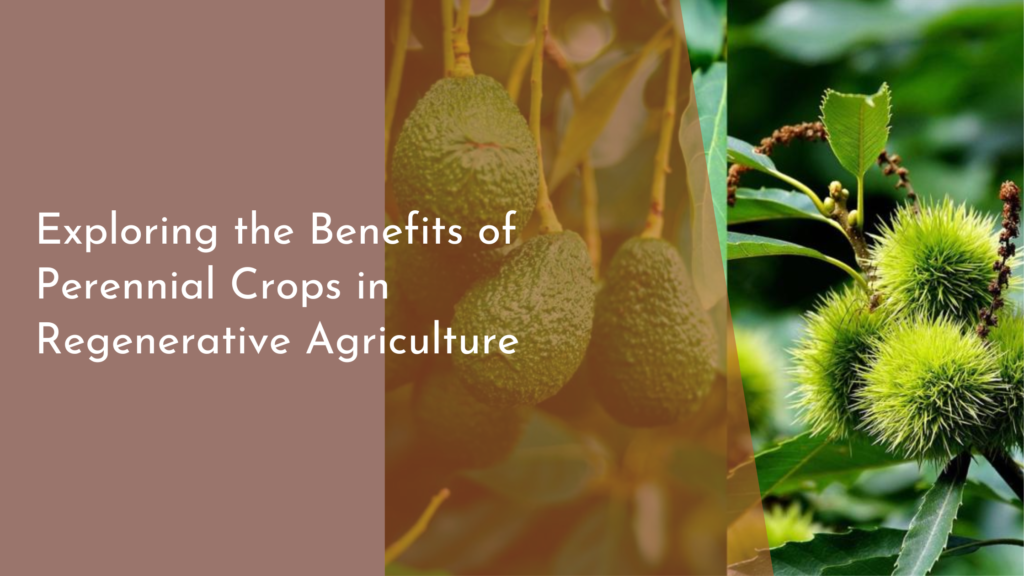Using Urban Forests to Promote Environmental Education
Urban forests are more than just patches of greenery in bustling cities; they are vibrant ecosystems that serve as living classrooms for environmental education. As urban areas continue to expand, the importance of these natural spaces becomes increasingly vital. They provide an opportunity for communities to engage with nature, learn about local ecosystems, and promote sustainable practices. By harnessing the power of urban forests, we can foster a deeper understanding of our environment and encourage stewardship among future generations.
The integration of urban forests into educational initiatives not only enhances learning experiences but also contributes to the overall well-being of community members. As we explore the joys of learning in these green spaces, we can discover innovative ways to engage with our environment, empowering individuals and families to become active participants in conservation efforts. Let’s dive into how urban forests can serve as a catalyst for environmental education and community engagement.
Discover the Joy of Learning in Urban Forests Today!
Urban forests offer a unique setting for experiential learning, where children and adults alike can immerse themselves in nature’s wonders. The sights, sounds, and smells of the forest create an engaging atmosphere that stimulates curiosity and inquiry. Whether it’s identifying bird calls or examining the diversity of plant life, exploring urban forests allows learners to connect with the environment in meaningful ways. Schools and educational organizations can organize field trips to these natural areas, providing students with hands-on learning experiences that textbooks simply can’t replicate.
Moreover, urban forests can help bridge the gap between theoretical knowledge and practical application. Through activities like tree identification, water testing in nearby streams, and wildlife observation, participants can develop a deeper appreciation for biodiversity and the interconnectedness of ecosystems. These experiences not only foster a love of nature but also encourage critical thinking and problem-solving skills, equipping individuals with the tools they need to tackle environmental challenges.
Engaging Communities Through Nature-Based Education Programs
Community-driven nature-based education programs are invaluable in promoting environmental awareness and action. Local organizations can develop workshops, guided nature walks, and citizen science projects that invite community members to explore their urban forests. Such initiatives provide a platform for individuals of all ages to learn about local flora and fauna while fostering a sense of belonging and responsibility toward their environment. By collaborating with schools, nonprofits, and local governments, these programs can maximize their reach and impact.
Additionally, these programs often emphasize inclusivity, ensuring that everyone in the community has access to nature-based education. By offering bilingual materials, adapting activities for different age groups, and utilizing local volunteer leaders, urban forests can become accessible spaces where diverse communities come together to learn. This collaborative approach not only enhances educational outcomes but also cultivates a culture of environmental stewardship that extends beyond the classroom and into everyday life.
Fun Activities to Explore Urban Forests with Your Family
Family outings in urban forests can be both fun and educational. Engaging activities such as scavenger hunts, nature photography, and wildlife observation help to cultivate a sense of adventure and exploration within children. Parents can encourage their kids to document their findings in nature journals, fostering creativity and a deeper connection with their surroundings. By making learning fun, families can bond over shared experiences while instilling a sense of wonder about the natural world.
Moreover, urban forests offer endless opportunities for interactive learning through organized events like tree planting days, nature crafts, and outdoor storytime sessions. These activities not only promote family involvement but also help instill values of conservation and sustainability. As families participate in these events, they collectively contribute to the health of their urban ecosystem, learning the importance of protecting and caring for their environment.
The Benefits of Nature in Education for Future Generations
Exposure to nature has been shown to have a multitude of benefits for both physical and mental well-being, particularly for children. Studies suggest that spending time in green spaces can improve attention spans, reduce stress, and enhance creativity. By integrating urban forests into educational curriculums, we can nurture healthier, happier, and more engaged learners. Nature-based education fosters resilience and emotional intelligence, equipping future generations with essential life skills.
Furthermore, instilling a love for nature at a young age can lead to lifelong environmental stewardship. Children who learn about the importance of trees, biodiversity, and sustainable practices are more likely to become adults who advocate for the planet. By utilizing urban forests as educational hubs, we are not only enriching the lives of today’s youth but also ensuring that they carry forward the knowledge and passion necessary to protect our environment for generations to come.
Incorporating urban forests into environmental education not only enhances the learning experience but also fosters a sense of community and responsibility towards our planet. By engaging with nature, families and individuals can develop a deeper connection to their environment, inspiring future generations to become active stewards of the Earth. Let us embrace the educational potential of urban forests, nurturing both our communities and the natural world around us. Discover the joy of learning in these green spaces today and pave the way for a more sustainable tomorrow!

